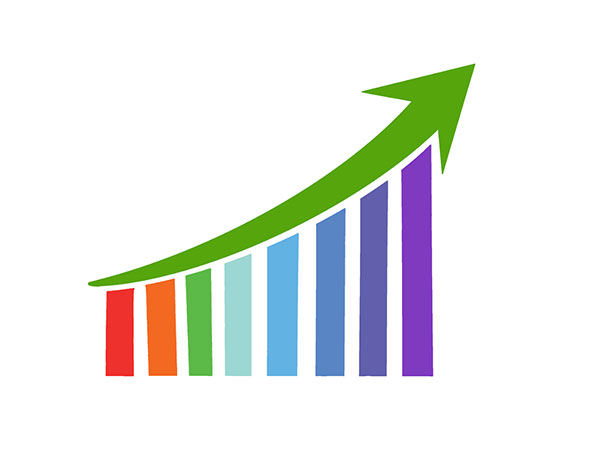India Faces Decade-Low in Private Capex Amid Sluggish Investments
Private capital expenditure in India hit a ten-year low in FY2024, according to ICRA. Despite increased spending by listed firms, a decline in unlisted entities' investments dampened overall private sector capital growth. The report emphasizes the need for a revival in unlisted firms' investments to spur economic growth.

- Country:
- India
In FY2024, the share of private capital expenditure (capex) in India's Gross Fixed Capital Formation (GFCF) has plummeted to a ten-year low of 33%, as noted in a report by ICRA. Although investments by listed companies have surged, a significant pullback by unlisted entities has triggered an overall deceleration in private sector capital investments.
The report specifies that while listed entities increased their capex by 28% in FY2023 and 12% in FY2024, unlisted firms saw contractions in FY2024, pulling down overall private capex growth. GFCF, integral to fixed assets and intangibles, constitutes about 30% of India's nominal GDP, ranking as the second major component after private consumption expenditure.
Over the past decade, from FY2015 to FY2024, GFCF expanded at a compound annual growth rate (CAGR) of 10%. However, this pace has decelerated lately, slipping to 9% growth in FY2024 from a robust 20% in FY2023. According to the report, government capex and household investments in real estate bolstered GFCF in FY2024, although private capex faltered.
The analysis by ICRA, covering 4,500 listed and 8,000 unlisted entities, reveals that diminished private sector investments predominantly stem from cutbacks by unlisted companies. Despite this downturn, listed firms have maintained their capex growth, hiking investments by 28% in FY2023 and 12% in FY2024. Nonetheless, they comprise only 16% of total private corporate capex and 5% of overall domestic capex (GFCF).
Between FY2015 to FY2021, the proportion of listed companies in total capex waned as their investments grew at a 10-year CAGR of 6%, against 9% in the private sector, 11% in public capex, and 10% overall. Sectors such as oil & gas, power, automobiles, iron & steel, and telecom have led private investments. Post-Covid, corporate cash generation has shown a consistent uptick.
The cash flow from operations to capex ratio climbed to 1.6 times in FY2024 from an average of 1.3 times during FY2014 to FY2020, aiding in a gradual decrease in corporate debt, as evidenced by the gearing ratio's drop to 0.9 in FY2024 from 1.1 in FY2014. The report underscores the critical role of private sector investments in prolonging economic growth, advocating for a resurgence in capex by unlisted entities to bolster private investment levels in ensuing years.
(With inputs from agencies.)
ALSO READ
Vietnam’s Journey to a Green Future: Economic Growth and the Shift to E-Mobility
New Zealand Accelerates Science Reforms to Drive Economic Growth
India's Startup Ecosystem to Benefit from $600 Billion Alternative Investments Boost
US Economic Growth Faces Headwinds: S&P Global Market Intelligence Report
Invest NZ Unveiled to Boost Foreign Direct Investment and Economic Growth










